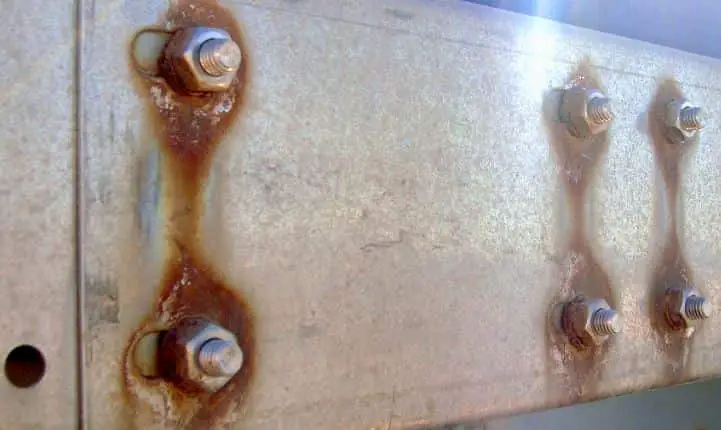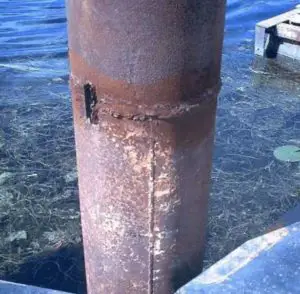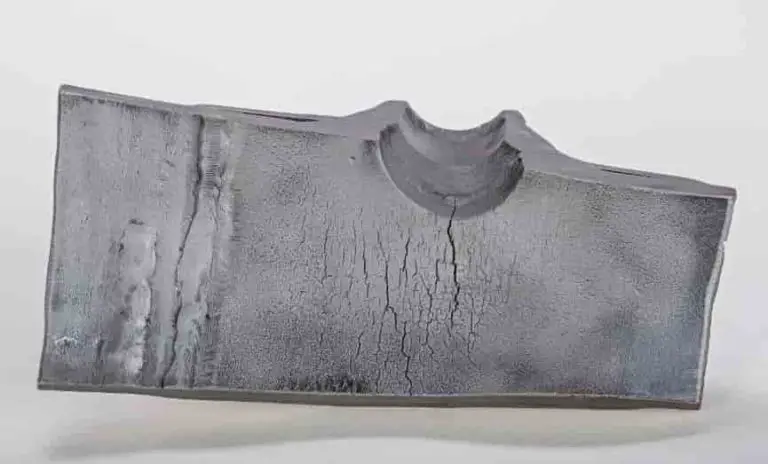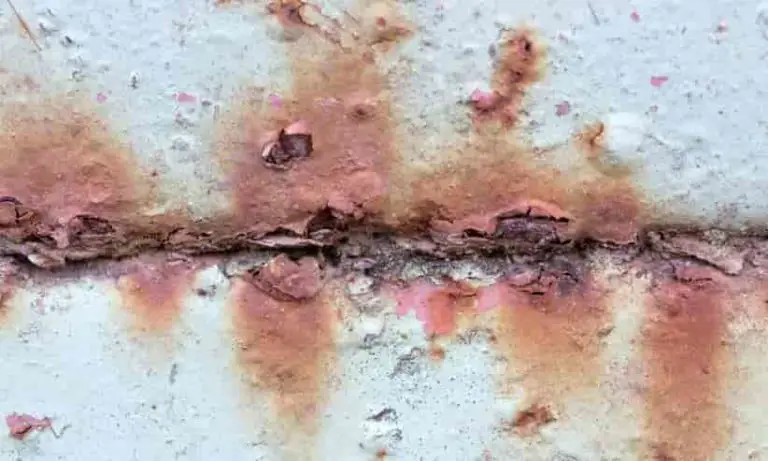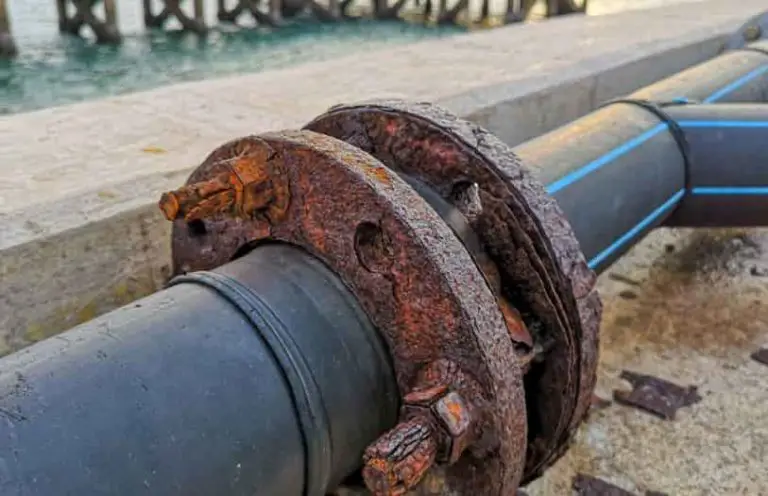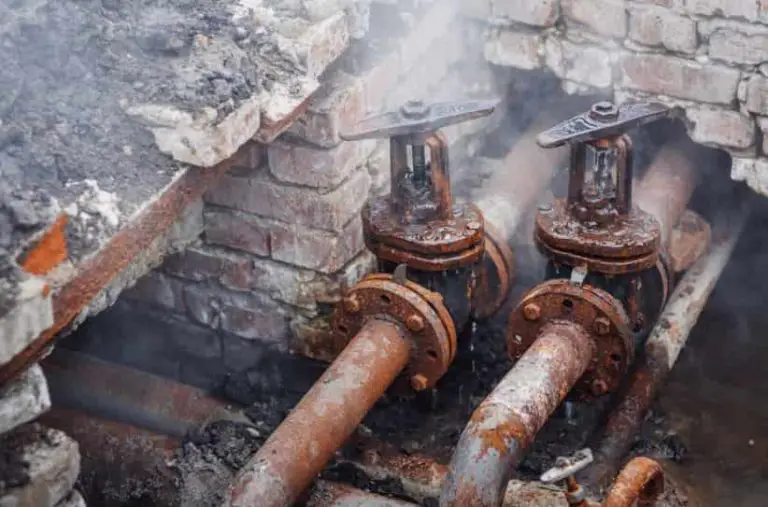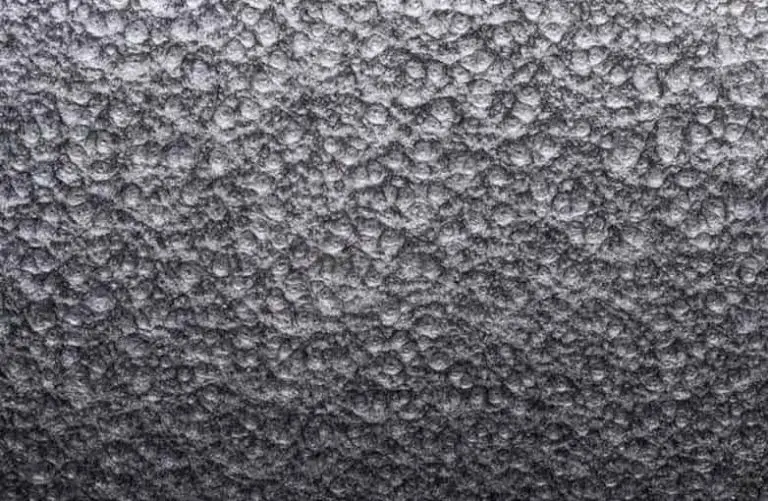What is Corrosion ?
The metals we use in our daily life are malleable, strong, and ductile. When we use them on a daily basis, they come into contact with the environment. Over time, they lose their luster and become covered with a colored layer on them. Whereas some metals also lose their strength and become brittle. Due to this, a chemical reaction occurs between metals and their environment. Therefore, the destruction of metals due to environmental interaction is called corrosion. It is usually seen on the outer surface of the metal. During corrosion, the upper layer of metal becomes exposed, as well as its inner surface. As a result, the corrosion tends to continue all the way to the metal’s depth. Let’s discuss the types of corrosion below.
Types of Corrosion
Following are the common types of corrosion that usually occurs to metals:
- Galvanic corrosion
- Uniform corrosion
- Stress corrosion cracking
- Crevice corrosion
- Pitting corrosion
- Hydrogen grooving
- High-temperature corrosion
- Graphite corrosion
- Microbial Corrosion
- Metal Dusting
1. Galvanic Corrosion
It is a type of electrochemical corrosion where one metal corrodes more easily when in contact with another, especially when an electrolyte is present. In this type of corrosion, deep pits and grooves are usually formed on the upper surface of the metal. An excellent example of this corrosion is when copper comes into contact with steel in a saltwater environment. Another good example is that when aluminum and carbon steel are combined and immersed in seawater, aluminum corrodes rapidly, and the steel remains safe.
2. Uniform Corrosion
This common types of corrosion results in a uniform loss of metal from the uncovered surface due to the attack of an entire metal surface exposed to a corrosive environment. As a result, the metal becomes thinner and eventually fails. One good thing is that this corrosion has relatively little effect on the material’s performance. This is often caused by rubbing with high-speed fluid. The fluid may or may not be abrasive. For example, zinc and steel dipped in dilute sulfuric acid dissolve evenly over their surfaces.
3. Stress Corrosion Cracking (SCC)
Stress corrosion cracking (SCC) is the formation of cracks on a material in a corrosive environment. This can lead to the sudden failure of ductile metal alloys subjected to tensile stress, especially at high temperatures. It is highly chemically specific because some alloys are only likely to undergo SCC when exposed to chemical environments. For a given alloy, SCC often occurs in a mildly corrosive environment. Metal parts with severe SCC may appear shiny while filling with tiny cracks. An excellent example of this corrosion is the stress corrosion cracking of austenitic stainless steel in a chloride solution.
4. Crevice Corrosion
Crevice corrosion refers to corrosion occurring in spaces such as gaps in which a stable solution is trapped and is not renewed. These spaces are generally called crevices. This corrosion is usually found where bolts and nuts form lap joints that can lead to cracks. Examples of areas where crevice corrosion can occur are gaskets, washer bottom surfaces, and bolt heads. The aluminum alloys and stainless steel can also undergo crevice corrosion. This is due to the formation of a differential aeration cell which leads to rust inside the cracks.
5. Pitting Corrosion
Pitting corrosion is extreme corrosion that leads to the random buildup of tiny pores in the metal. It occurs at a local point on the metal and moves with the formation of a corrosion cell surrounded by the metal surface. Once formed, it continues to grow and can take various large shapes. Due to structural failure, the pit gradually penetrates the metal vertically from the surface. Furthermore, this corrosion is mainly caused by the metal being in stationary or low-speed fluids. For example, consider a drop of water on a steel surface. The pit will start at the center of the water drop (anodic site).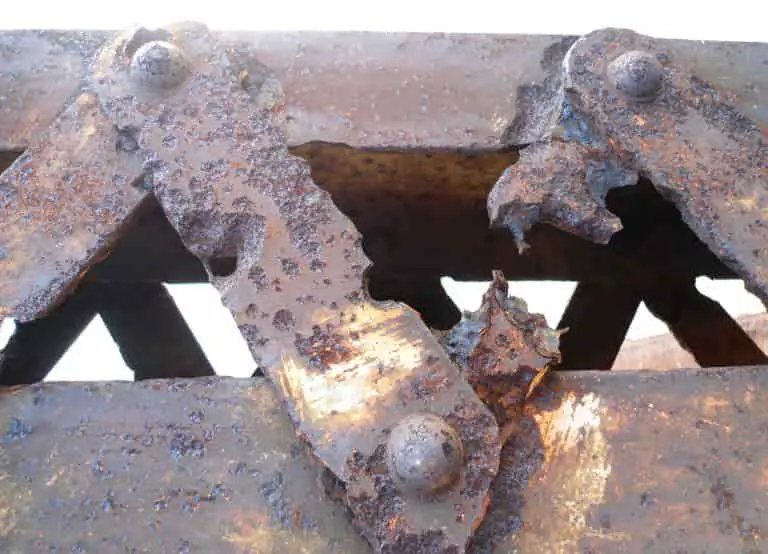
6.Hydrogen Grooving Corrosion
During the exposure of carbon steel to concentrated sulfuric acid, hydrogen bubbles cleave the iron sulfate film from the pipe wall, forming hydrogen grooving. This types of corrosion forms in piping by grooves due to the interaction of a corrosive agent, fabricated pipe components, and hydrogen bubbles. These bubbles usually destroy the protective coating upon contact with the material.
7. High-temperature Corrosion
As the name suggests, this types of corrosion occurs on most metals due to overheating. High-temperature corrosion occurs when gas turbines, diesel engines, furnaces, or other machinery come into contact with hot gas containing specific contaminants. A hot atmosphere that contains gases like oxygen, sulfur, and other compounds can cause the metal to deteriorate chemically. These compounds can easily oxidize the metals. As an example, car engines use metals that have to withstand continuous periods of high temperatures in an environment that contains corrosive combustion products.
8. Graphite Corrosion
In graphitic corrosion, metal components of gray cast iron pipes are leached or transformed into corrosion products, leaving graphite intact. Furthermore, some cast iron is destroyed by being in salt water or acid for too long. In this corrosion, the graphite remains in its place, leaving the metal to become soft and weak.
9. Microbial Corrosion
The microbial corrosion is caused by the presence or activity of microorganisms in the biofilm on the surface of the corrosive material. The corrosive material can be either a metal such as steel or a nonmetal such as concrete. This types of corrosion can affect both metallic and non-metallic materials, whether there is oxygen present or not.
10. Metal Dusting
It is a destructive types of corrosion that occurs when susceptible materials are exposed to environments with high carbon activities, including synthesis gas. Rust is identified as the breakdown of metal powder from bulk metal. The corrosion process occurs when carbon monoxide (CO) in the form of a graphite layer deposits on the surface of the metals. As the graphite layer grows, it usually forms meta-stable M3C species (M being the metal) that tend to move away from the metal surface, causing the metal surface.

